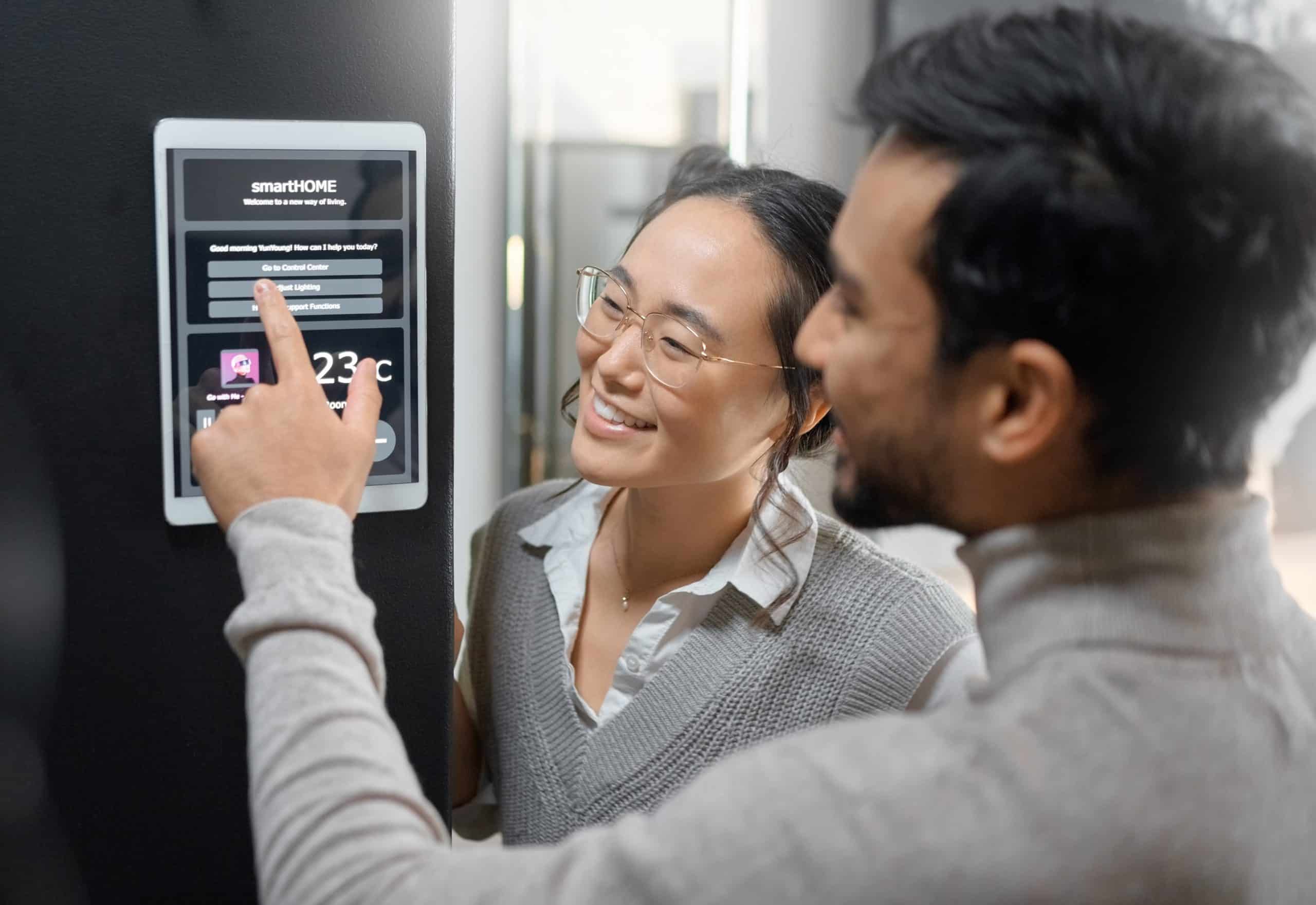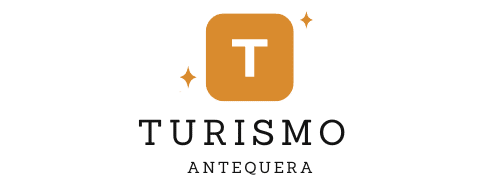What Safety Features Are Essential for Personal Drones?

Welcome to an in-depth exploration of safety features for personal drones. In this article, we will dissect and analyze the essential elements that ensure the safe operation of personal drones. The intention is to arm you with critical knowledge to make informed decisions when investing in and operating these increasingly popular devices.
The Importance of Understanding Drone Safety
Before delving into the specific safety features, let’s take a moment to underscore the significance of understanding drone safety. Drones, also known as Unmanned Aerial Vehicles (UAVs), have grown exponentially in popularity in recent years. They serve a multitude of purposes, from recreational use to commercial applications such as photography, inspections, agriculture, and more.
Cela peut vous intéresser : What Are the Latest Trends in Recreational Drone Racing?
However, with this boom in drone usage comes a surge in potential risks and dangers. Drones can be hazardous if not used responsibly, leading to privacy infringements, collisions, or even injury. Therefore, comprehending the safety features of personal drones is not just a prerogative; it’s a necessity.
Essential Safety Features of Personal Drones
Let’s explore the vital safety features that every personal drone should possess. These are elements that contribute to the safe operation of the drone, minimize accidents, and ensure a pleasant and secure drone flying experience.
Lire également : Das telefonbuch: ihr leitfaden für adressen und nummern
Geofencing
Geofencing is a feature that creates a virtual barrier or ‘fence’ in which the drone can safely operate. This function utilizes GPS or RFID (Radio Frequency Identification) to establish these boundaries. Geofencing can prevent your drone from entering restricted areas such as airports, military zones, or private property. This feature ensures that you can operate your drone within legal and safe limits, reducing the risk of accidents or infractions.
Return to Home (RTH)
The Return to Home feature, often abbreviated as RTH, is a failsafe mechanism that guides the drone back to its original launch point. This feature is particularly useful if the drone loses signal with the controller or if the drone’s battery is running low. Some advanced drones even have an RTH feature that initiates automatically during specific scenarios, such as when the drone is about to fly out of range or when the battery levels are critically low.
Collision Avoidance System
A collision avoidance system is a paramount safety feature in personal drones. This system uses various sensors, including ultrasonic, infrared, and vision sensors, to detect obstacles in the drone’s path and avoid them. Some drones even allow for real-time object tracking and detection, ensuring a safer, worry-free flight.
Auto Hover
Auto hover, also known as altitude hold, is a feature that allows the drone to maintain a steady altitude without the pilot’s input. This feature is quite useful, particularly for beginners who may not have mastered the controls. It enables the drone to remain stable, facilitating better control and reducing the likelihood of crashes.
GPS Tracking
GPS tracking is another critical feature for personal drones. It allows for precise location tracking of the drone, which can be particularly useful if the drone is lost or out of sight. Some high-end drones also allow for ‘GPS follow me’ functions, where the drone can follow a moving object or person by locking onto their GPS coordinates.
These are just a few of the essential safety features that our personal drones should possess. By ensuring our drones have these capabilities, we can significantly enhance the safety of our drone operations, reducing risks and enhancing enjoyment of this exciting technology.
Advanced Safety Features for Personal Drones
Beyond the fundamental safety features, there are also advanced features that manufacturers are incorporating into their drones to offer enhanced safety and convenience. These advanced features are an added bonus to your drone experience, although they might come at an extra cost.
Active Track
Active Track is an advanced feature that allows your drone to follow a moving object or person automatically. The drone uses its camera and sensors to track and follow the object while maintaining a safe distance. This feature is especially useful for capturing dynamic aerial footage in a safe and controlled manner, particularly when the drone operator is also the subject being filmed.
Obstacle Detection and Avoidance
Some high-end drones are equipped with advanced obstacle detection and avoidance systems. These systems use a combination of sensors – including Lidar, ultrasonic, and infrared – to create a 3D map of their surroundings, which allows the drone to detect obstacles in all directions and avoid them automatically. This feature significantly reduces the risk of collisions, even when flying at high speeds or in complex environments.
Terrain Follow
The Terrain Follow feature allows the drone to maintain a consistent altitude above ground level, even when flying over uneven terrain. This is accomplished by using a downward-facing sensor that continuously measures the distance between the drone and the ground. This feature is particularly useful in hilly or mountainous environments, where maintaining a steady altitude manually can be challenging.
No-Fly Zones
No-Fly Zones are areas that are off-limits to drones due to security or privacy concerns. Some drone manufacturers have started incorporating these no-fly zones into their drones’ software, making it impossible for the drones to enter these areas. This feature can prevent unintentional breaches of privacy or security and help users avoid hefty fines and legal trouble.
Conclusion
As drone technology continues to advance, safety remains a top priority. Manufacturers are constantly developing new features to enhance the safety and ease of use of their drones. As drone enthusiasts, it is our responsibility to stay informed about these features and use them to ensure our drone flying activities are safe and enjoyable.
From geofencing and return to home functions to advanced features such as Active Track and No-Fly Zones, there is an array of safety features that are designed to minimize accidents and maximize enjoyment. These features not only increase the safety of drone operations but also contribute to a more pleasant and worry-free flying experience.
Remember, understanding and utilizing these safety features is not just about protecting your drone investment; it’s about being a responsible member of the drone community. By ensuring our drones are equipped with these features, we can contribute to a safer and more regulation-compliant use of drones. As always, fly responsibly and enjoy the many wonderful capabilities that personal drones have to offer.
